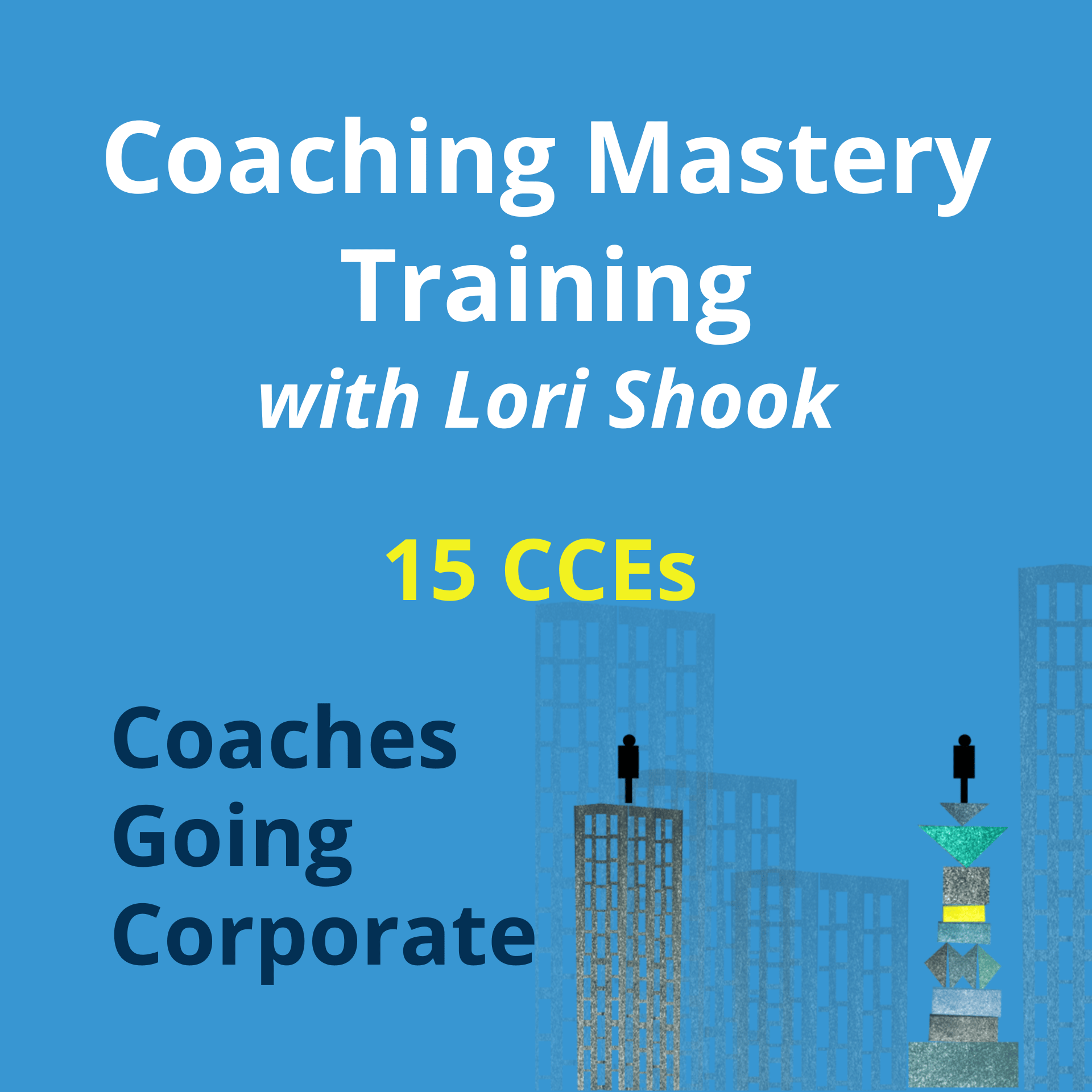
Adversity Quotient
Although I had never heard of it until very recently, this sounds like a very useful term and perhaps measurement. To me it sounds like a robust form of resilience.
The definition: An adversity quotient (AQ) is a score that measures the ability of a person to deal with adversities in their life. The term was coined by Paul Stoltz in 1997 in his book Adversity Quotient: Turning Obstacles Into Opportunities.
There’s even an assessment called the Adversity Response Profile which measures (using a shorter form of the actual definitions):
- Your perception of how much control you believe you have in a difficult situation.
- Your perception of how much responsibility you have for improving the situation.
- The breadth of situations in which you can use your resilience.
- How long you can maintain hope and hang in there.
I admit to only having read a summary of Paul Stoltz’s book and only perused (not taken) the assessment. But I relate very well to these concepts as they are very closely related to my neuroscience-based work with emotional intelligence and resilience.
I appreciate the first two factors because they are perceptions or mindsets. If we adopt mindsets that we can control something and can take responsibility for our position in life we find empowerment. That stands even if the adverse situations we encounter are not of our own doing, i.e., if it’s the world around us that serves up the difficulty.
Using these mindsets creates empowerment and moves us away from a victim mentality. To be fair, this can also be tiring and can lead to burn out if we’re not careful, but that’s what resilience is really about. Can we take responsibility and control of our lives no matter what and keep it going without burning out?
The third point in Stolz’s assessment about breadth of situations is interesting. Perhaps we have resilience when dealing with work situations, but we have a short fuse in our personal lives or vice versa. This point helps us think about how we can be resilient in all areas -or at least more areas- of our lives.
The fourth point is about maintaining hope, hanging in there for a longer period and not giving up. On this topic, I often think about flying from point A to B. If you have a 3-hour flight, you might start to get antsy and ready to land after 2 hours. The last hour may seem like torture. But if you get on a plane and you know it’s going to be a 12-hour flight, you probably won’t get impatient until the 11th hour. When we know how long things will last, we can hang in there. The trickier bit is to keep going and keep having hope when there’s uncertainty about how long we must have patience. If you expect an adverse situation to end soon and it doesn’t – do you give up? Or stay with it?
I think the four points of the Adversity Quotient are great food for thought. I know I’m going to be more curious about the breadth and length of adversity I can withstand.
Coaches Going Corporate

Coaches Going Corporate deepens your work with mindsets and beliefs so you can help your clients develop an empowering and resilient approach to their work and life.
moe info